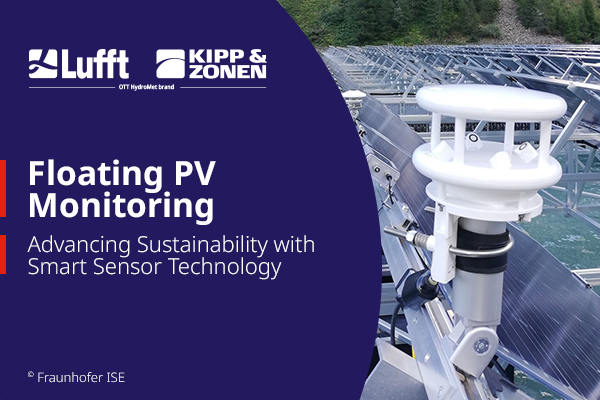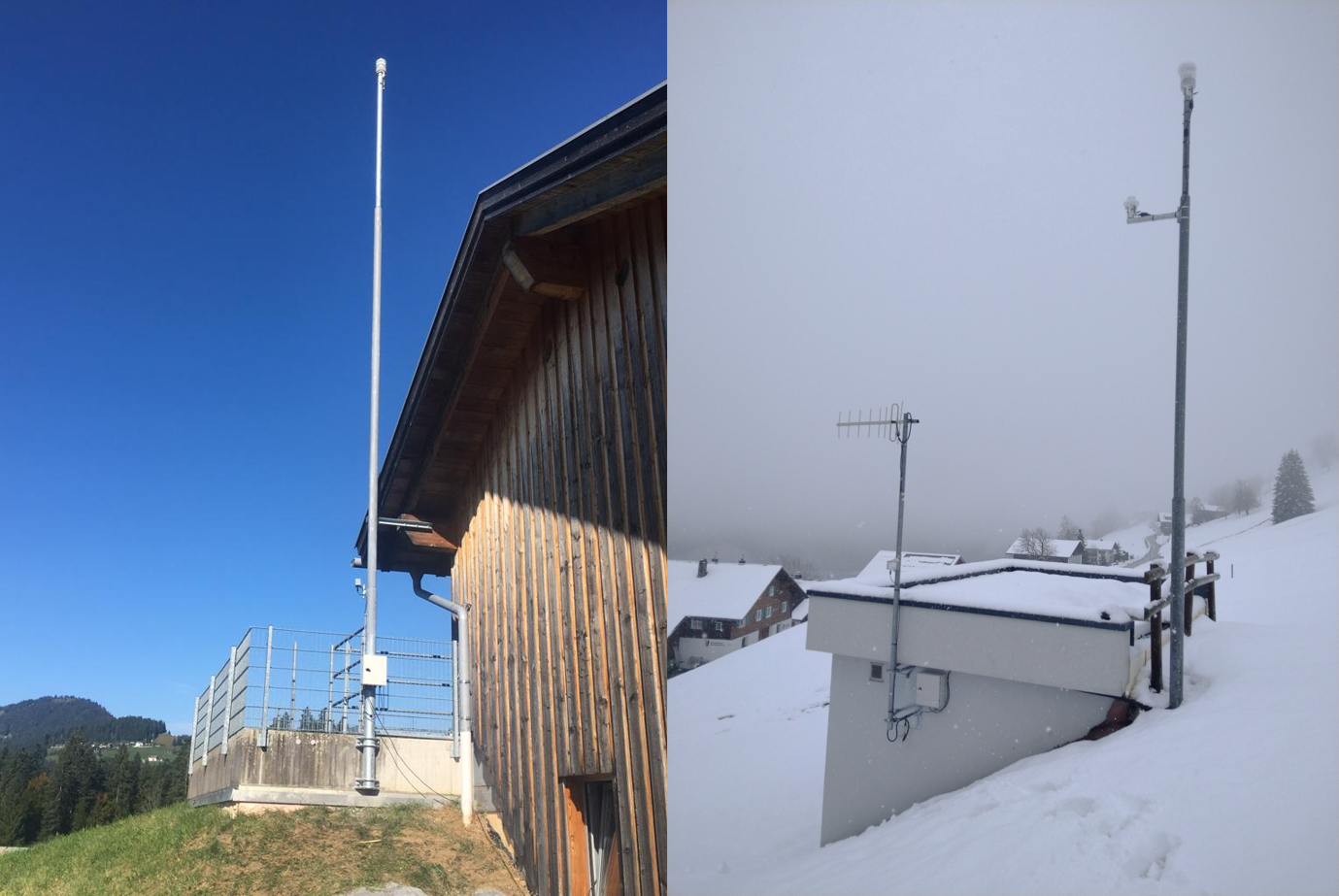In the following article Karl Schedler from MICKS describes how you can check water film heights manually. The described procedure is amongst others used by the German Federal Highway Research Institute.
In the following article Karl Schedler from MICKS describes how you can check water film heights manually. The described procedure is amongst others used by the German Federal Highway Research Institute.
Materials:
- WETTEX® cloth 25x36cm, 0.09 m2
WETTEX® is a product name from Vileda® for a sponge cloth made of natural fibre (cotton or cellulose) with high absorbency. The cloth in the given size has a weight of about 12.6 g (140 g/m2) and can absorb up to 135 g water (>1500 g/m2).
- Precision scale with resolution of 0.001g, minimum accuracy of ±0.01g
The precision scale should be suitable for transport and weigh at least 200g.
Suitability of the procedure:
The process is suitable for water films up to approx. 1.5 mm (= 1.5 liters/m2) on all smooth surfaces and on roads or runways of concrete or asphalt with micro- or low macro-texture. Open-pored asphalt is less suitable. The ambient air should not be too dry and too warm to keep evaporation negligible. Similarly, there should be no direct sun exposure during the test. The ambient air shouldnn’t be too dry and too warm to keep evaporation negligible. Similarly, there should be no direct sun exposure during the test.
Description of the procedure:
First, weigh the WETTEX® cloth in dry state. Record it or store it in the tare function. Place the cloth flatly on the puddle covering the whole area to be determined and fix it to avoid slipping. Then press the entire surface of the cloth, including the edges, with the hand or a 180×60 mm large polyurethane wallpaper roller onto the water layer area so that the entire wetness is absorbed by the cloth. Weigh the cloth immediately.
After weighing, you can calculate the water film thickness in μm (= 1 g/m2) as follows:
Waterfilm height = (wet weight – dry weight) / 0.09 m2
Annotations:
An uncertainty depends essentially on the unabsorbed residual quantity of water which in turn depends on the roughness depth of the surface texture. This residual quantity must be estimated. The smoother the surface, the lower the uncertainty.
If the covering is a concentrated salt solution, you need to determine the concentration first and divide the result through the saline solution’s density factor (e.g., for 26% NaCl solution). This is necessary for more than 10% salinity. Up to 10%, the error is still tolerable compared to the other uncertainties.
A further possibility is the determination of the water film height by using a measuring comb…


